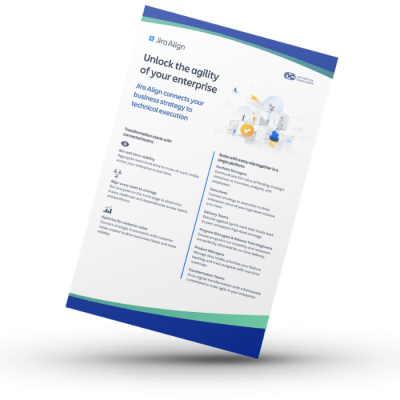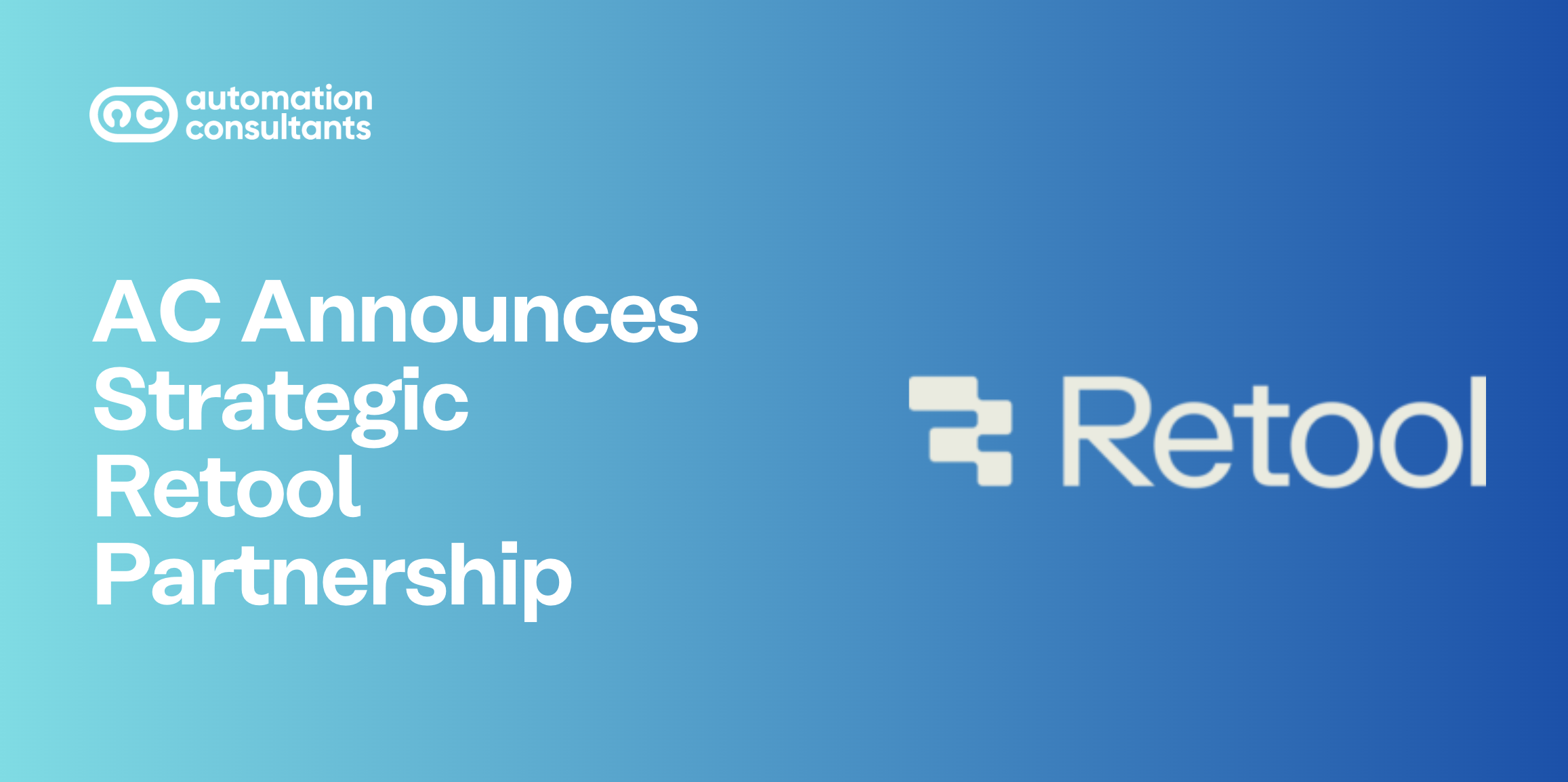‘We’re seeing the benefits of Agile working in one area of our business – but we need to see more.’ We often hear comments like this from clients interested in scaling Agile across their wider organisation. Does this sound like you?
If so, Scrum@Scale is one of the frameworks that organisations can use to achieve this.
A bit of background on Scrum@Scale
It’s likely you’re familiar with the principles of Scrum – perhaps already leading a Scrum team. Scrum@Scale essentially applies the same principles of Scrum to multiple teams, enabling larger organisations to benefit from Agile practices.
Previously, large enterprises would have experienced difficulties with:
Cross-team collaboration and communication
Dependency management
Higher-level objective alignment
From these needs, several ‘Scaled Agile’ methodologies have emerged to provide a framework for expanding Agile across a large enterprise. Scrum@Scale is one such methodology.
Developed in 2018 by none other than Jeff Sutherland (the original co-creator of Scrum and the Agile Manifesto), Scrum@Scale provides a core structure for expanding Scrum across teams and departments to utilise the benefits of Agile at a higher level.
In this short guide, we’ll talk you through the key components of Scrum@Scale:
As experienced Agile/Scrum@Scale practitioners, and Atlassian Platinum Solution Partners, we have years of expertise around how the Atlassian Toolset can support Scrum@Scale practices. We’ll share more on this towards the end of this post. Or, if you’d like to simply start talking to us now about how we could guide your Agile project, or what tools we’d recommend, you can do so here.
Team Structure of Scrum@Scale
Scrum Team
Let’s remind ourselves of the core principles of the Scrum team: A set of cross-discipline, self-organising individuals, forming a group dedicated to creating value. Each team has its own roles: The Developers (or Value Generators), the Scrum Master and the Product Owner. Teams usually consist of between 5 and 11 members, and each team is responsible for its own work and is self-sufficient.
If you’d like a more detailed explanation of Scrum and the other basic Agile methodologies, please see our other blog here.
So how does Scrum@Scale build on this initial Scrum team?
Scrum of Scrums Team
As the name suggests, this team combines multiple Scrum teams and creates a body that sits above them. This team is again self-organising and has its own (Scrum of Scrums) Master and (Chief) Product Owner, as well as acting representatives from the respective Scrum teams which we’ll talk about later. The Scrum of Scrums team acts as an overseer and enabler for the individual Scrum teams. Generally, a Scrum of Scrums team consists of no more than 4-5 individual Scrum teams.
Executive Action Team / Executive MetaScrum Team
The largest organisations may need to implement an additional level of hierarchy: An Executive Action Team (EAT) or MetaScrum Team. Functioning as a larger carbon copy of the Scrum of Scrums team, this team is formed of multiple Scrum of Scrums teams, and once again has its distinct roles. The core goal of the EAT is to enable the teams to continuously create value by removing impediments and potential blockers. As such, members within the EAT will generally have the authority to make executive strategic, financial, and political decisions within an organisation. As this team is also a Scrum team, it requires a Product Owner, Scrum Master and backlog just the same.
Roles within Scrum@Scale teams
Scrum of Scrums Master
Within the Scrum of Scrums sits mirror versions of the existing Scrum roles. The first is the Scrum of Scrums Master (SOS Master). The Scrum of Scrums Master, like the Scrum Master, acts as a coach and facilitator for the team, ensuring clear communication channels and the enforcement of Scrum best practices at the wider Scrum level. The Scrum of Scrums Master ensures all key rituals and meetings take place and are productive and beneficial (more on these later). Sometimes this role is fulfilled by an existing Scrum Master within one of these teams, but we’d recommended that it is a dedicated role to enable focus on the scaled Agile values.
Chief Product Owner
Like the Scrum of Scrums Master, the Chief Product Owner (CPO) is akin to the Scrum Product Owner, but scaled up. This role is responsible for representing the customer, or the person for which value is to be generated. The Chief Product Owner works in conjunction with the individual teams’ product owners to align the wider product backlog and define the key goals of sprints and deliverables. This role is usually full time.
Rituals/Ceremonies within Scrum@Scale
Scaled Daily Scrum
Yet again, we see upgraded versions of the traditional Scrum meetings, or ceremonies/rituals. The Scaled Daily Scrum (SDS) consists of a 15-minute session with the Scrum of Scrums team – the SOS Master, CPO and representatives from each individual Scrum team. It functions in the same way as the regular Scrum stand-up: a forum for discussing current work, raising any concerns or blockers, and ensuring sufficient progress is being made.
Scaled Retrospective
The scaled retrospective takes place at the end of each sprint before the individual team retrospectives. In this session, the Scrum Masters of each team collaborate to discuss the key wins and losses, setbacks and takeaways resulting out of the last sprint. These retrospectives can include the value creators (software developers) within the team, but the meeting is centred on process and best practice as this is the core focus of the Scrum Master role.
Jira and Scrum@Scale
As Atlassian Platinum Solution Partners, we are in a unique position to share how Jira or Jira Align can facilitate working within a Scrum@Scale framework. As you no doubt know, Jira is one of the most widely adopted Agile software development tools, and for good reason. Over the years, we have supported organisations to implement and use Jira successfully across both Agile and Scaled Agile projects.
We are real advocates of the Advanced Roadmaps feature within Jira’s premium plan. This provides the functionality to track multiple Jira projects across time, visualising dependencies, and the connection of higher-level deliverables such as epics. Advanced Roadmaps is an incredibly powerful feature and can be crucial to performing a Chief Product Owner role efficiently. For larger enterprises, Jira Align – Atlassian’s platform dedicated to Agile at Scale Methodologies – provides all the necessary features to enable Scrum@Scale for 100s of Scrum teams.
For more information solely on Jira Align, we have a library of dedicated posts and guides right here. Alternatively, download our cheat sheet below
Find out more about Jira Align
Download our free Jira Align overview cheat-sheet to find out more about how Jira Align connects your business strategy to technical execution.
Summary
Since its arrival in 2001, Scrum has been adopted to great effect by software development companies and other industries to provide agility, flexibility, and efficiency. Scrum@Scale is a logical step up from traditional Scrum for larger organisations. With Scrum@Scale, you benefit from a framework and guiding principles to scale Agile methodologies across multiple teams, ensuring consistent communication channels and maintaining the core values of Agile.
For more information on Scrum@Scale, or Atlassian’s suite of tools for enabling Agile ways of working, please reach out to us now for a free consultation with one of our dedicated team of experts. Learn the difference between scrum vs kanban here.






